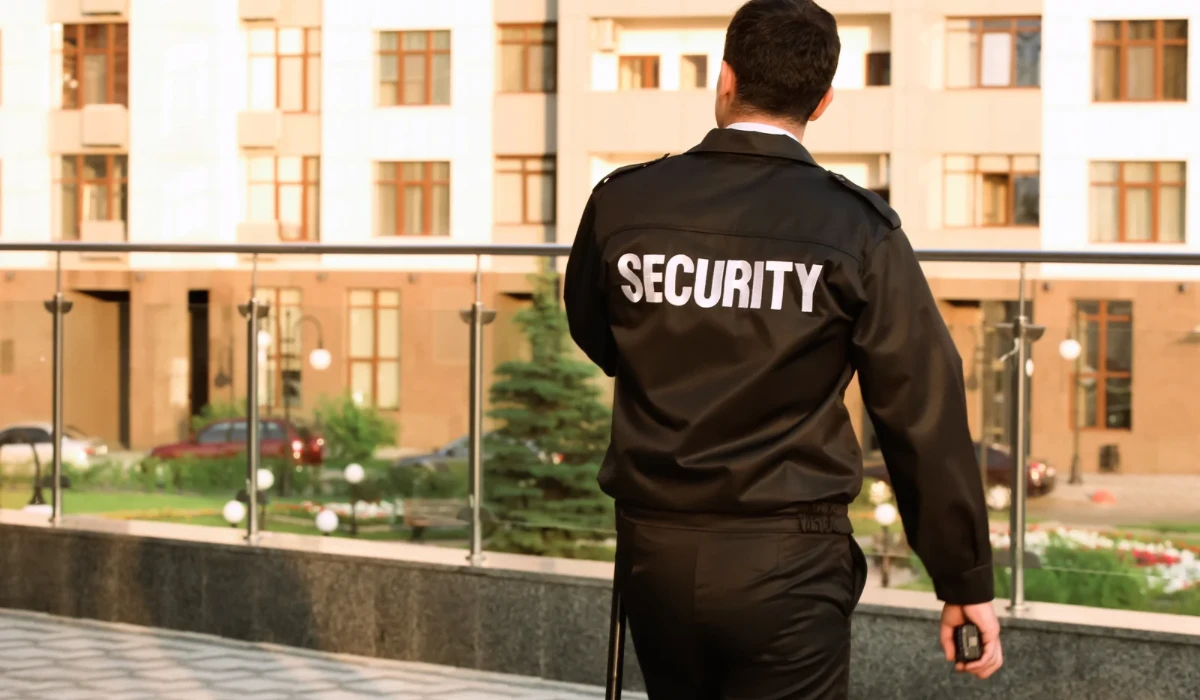New York City, the vibrant heartbeat of culture and innovation, is embarking on a pivotal journey to address a fundamental challenge impacting our youngest scholars: literacy. With the launch of NYC Reads, the city’s public school system is not just turning a new page, but is setting a bold, mandated course to ensure every child has the foundational reading skills necessary for a thriving future. This isn’t merely another program; it’s a commitment, a unified front against long-standing reading struggles, and a testament to the collective belief in the boundless potential of our children.
For too long, the narrative around literacy in our schools has been one of concern. In 2022, only 30% of New York’s fourth graders read at a proficient level or higher on the NAEP reading report card, with even starker disparities for Black and Latino students. This marked a profound hurdle that affects academic trajectory, future earning potential, and overall well-being. Recognizing this urgency, NYC Reads, which began rolling out in the 2023-24 school year, signifies a crucial shift from varied, often inconsistent, approaches to a unified, evidence-based strategy.
At the core of NYC Reads is a firm embrace of the “science of reading,” a comprehensive body of research that illuminates how children learn to read. This is a departure from previous “balanced literacy” models, which, while well-intentioned, often lacked the explicit, systematic instruction in foundational skills that many students need. The science of reading emphasizes five key components: phonics, phonemic awareness, vocabulary, fluency, and comprehension. These aren’t just buzzwords; they are the bedrock upon which strong readers are built.
Under NYC Reads, all public schools will be required to adopt one of nine city-approved intervention programs, designed to provide targeted support for students who are lagging in reading skills. This standardization, while a significant undertaking, aims to ensure that every student, regardless of their school or neighborhood, has access to high-quality, proven interventions. First Deputy Chancellor Dan Weisberg rightly articulated the magnitude of this endeavor, stating, “Gett[ing] really good at catching students up [is] the next New York City Reads and Solves challenge that we are taking on in a big way.” This proactive approach is critical, as early intervention can dramatically alter a child’s academic trajectory. Students who do not achieve reading proficiency by the end of third grade are four times more likely to drop out of school, a grim reality we simply cannot afford to ignore.
Concerns and Opportunities
While the vision behind NYC Reads is undeniably powerful, the path to successful implementation is not without its complexities. Educators, the very individuals who will breathe life into this initiative, have voiced valid concerns. One principal, for instance, shared worries about the potential for overwhelming educators already juggling multiple curriculum shifts. The sentiment is understandable: teachers are often on the front lines, adapting to new policies while simultaneously nurturing the unique needs of their students. The success of NYC Reads hinges not just on the chosen programs, but on the robust training and ongoing support provided to teachers and dedicated interventionists. As Katie Pace Miles, a literacy expert at Brooklyn College, aptly put it, “It’s one thing to select reading intervention programs, and it’s another thing to make sure you have highly trained reading interventionists.”
The good news is that early reports are showing promising signs. Recent assessment data for the 2024-25 school year indicates an uptick in reading scores for K-5 students, with 41.6% scoring above the national median – a 2.5 percentage point increase from the previous year. While these “screener” results are not as comprehensive as state exams and should be interpreted with caution, they offer a glimmer of hope and suggest that the city’s concentrated efforts are beginning to yield positive results. This progress is a testament to the dedication of our educators who, despite the challenges, are embracing the shifts and working tirelessly to meet students where they are.
Furthermore, the initiative is not just for elementary schools. The push to standardize interventions is expanding to include high schools, recognizing that many older students also lack basic reading skills. This holistic approach underscores the understanding that literacy is a lifelong skill, and the opportunity to “catch up” should extend across all grade levels.
A Brighter Future
NYC Reads is a call to action for our entire community. It demands patience, perseverance, and a collaborative spirit. The city has invested approximately $35 million into training and coaching for teachers, a vital step towards equipping them with the knowledge and tools needed to implement the new curriculum effectively. However, the true impact will come from sustained professional development, ongoing feedback loops from educators, and a willingness to adapt as the initiative matures.
We must advocate for the resources our schools need, celebrate the small victories, and engage in open dialogue about the challenges. By embracing the science of reading and ensuring our educators are empowered, we are not just teaching children to decode words; we are unlocking their potential, fostering a lifelong love of learning, and laying the groundwork for a more equitable and literate New York City. The future of our city’s scholars depends on it.





